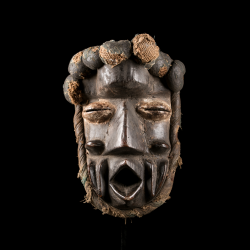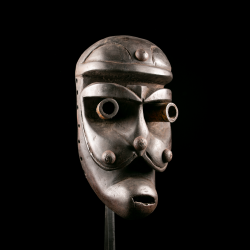Filter By
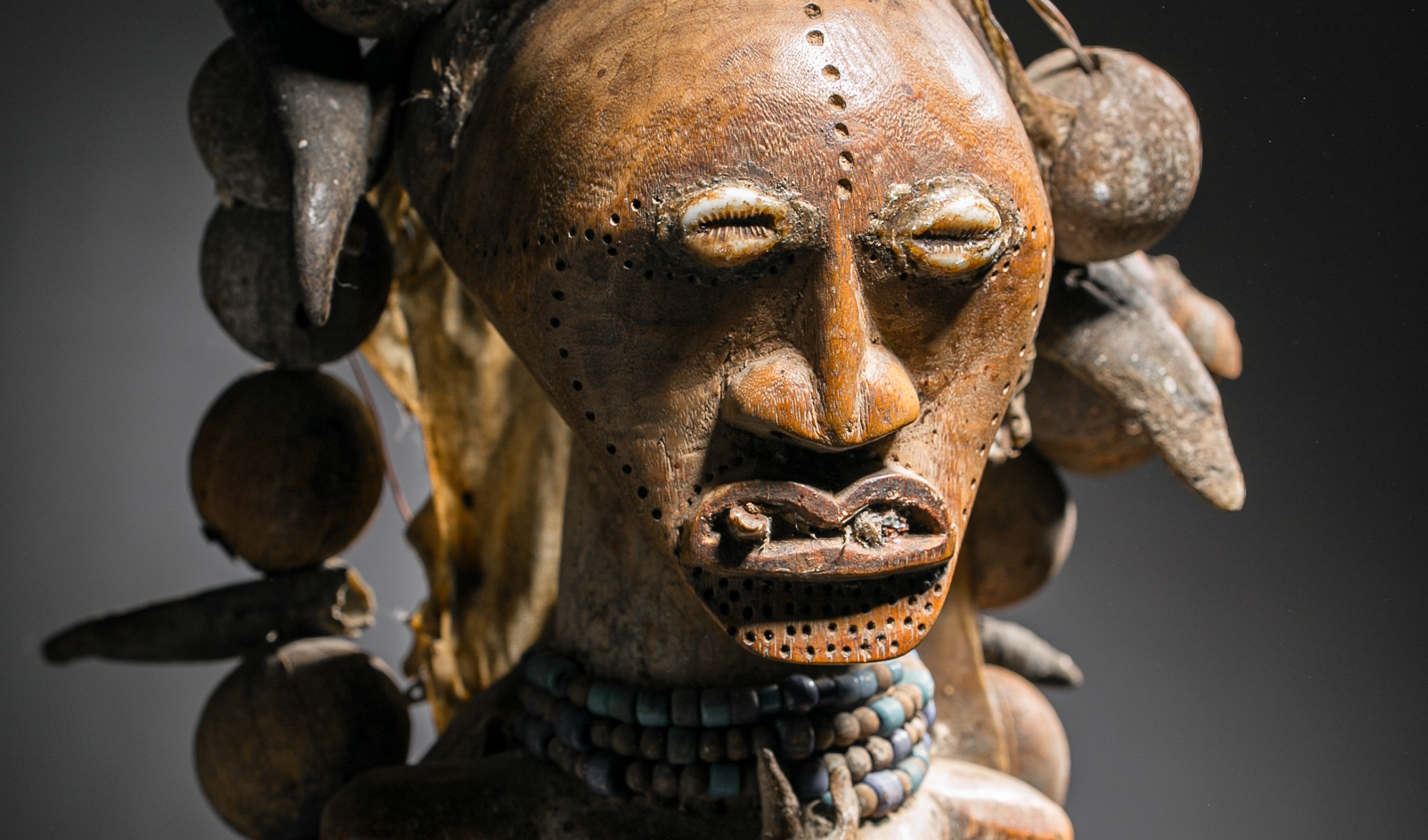
A century of African art: the Soubry family collection
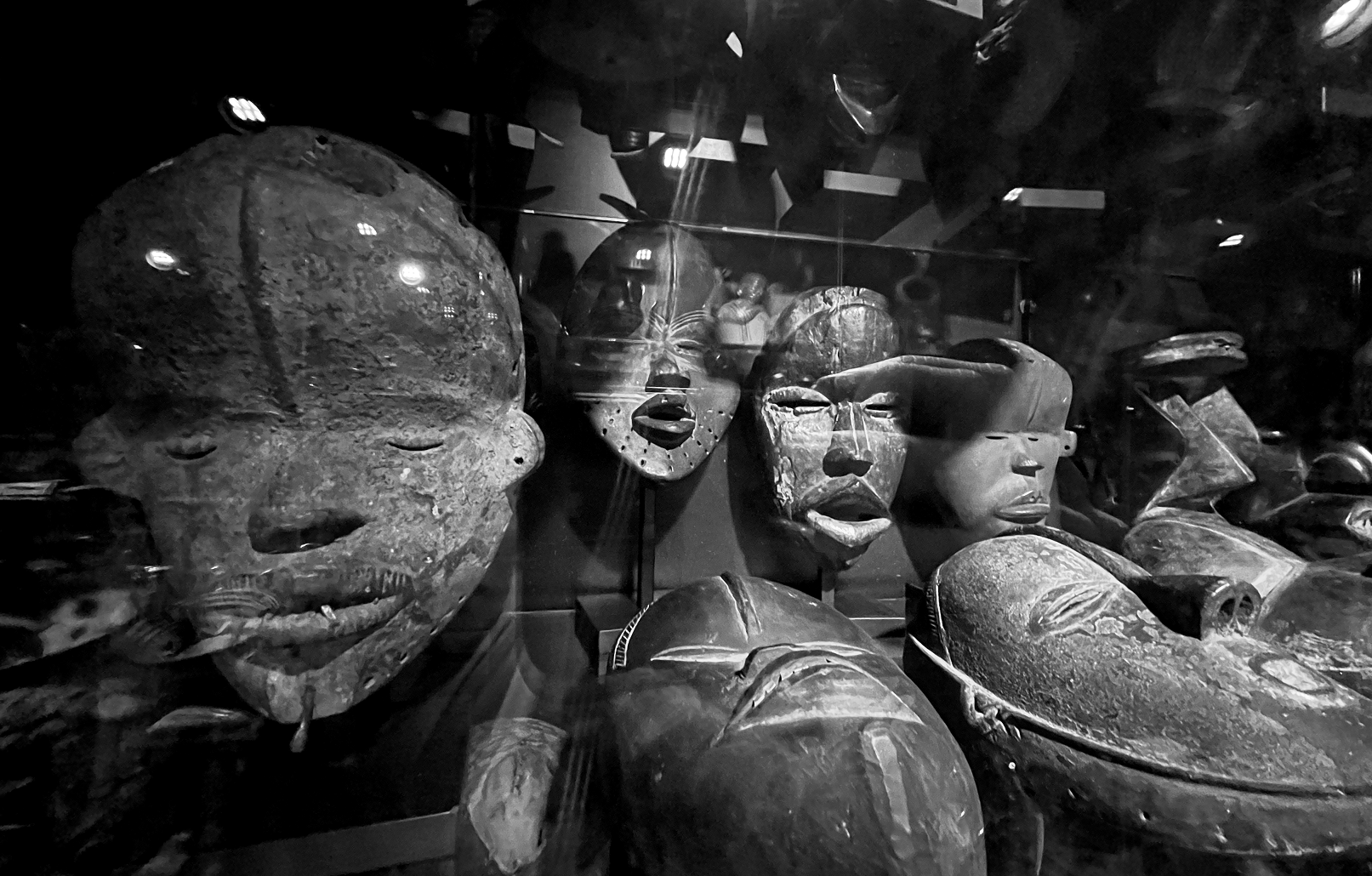
Masks in African Tribal Art
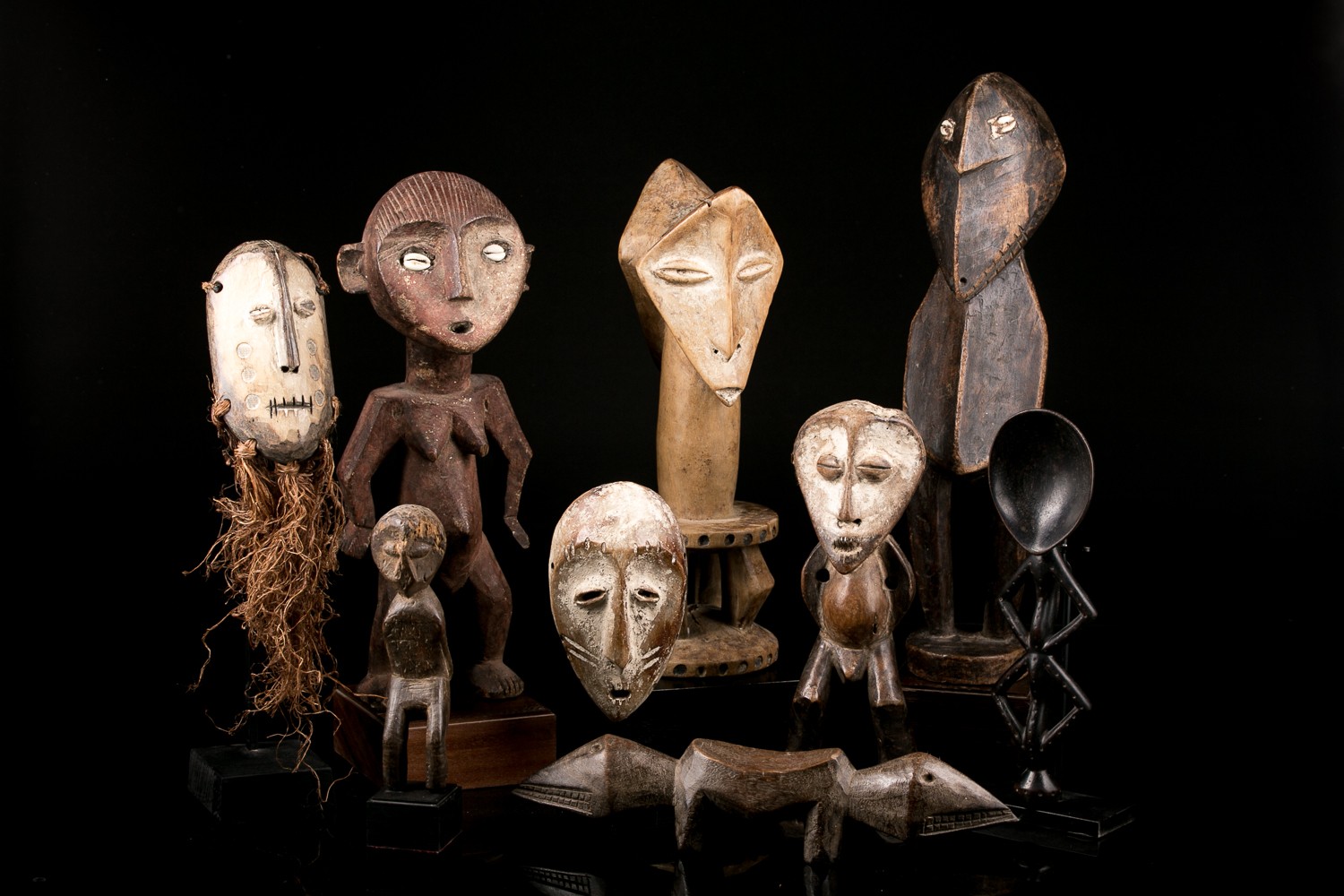
Lega: Art at the service of ancestors and initiation
Bete
Bété Art or the spirits of the bush embodied in the mask
Established on the left bank of the Sanssandra River, the Bété are found in Côte d'Ivoire and Liberia. They are divided into not far from one hundred autonomous groups.
The artistic corpus focuses on the materialization of the hostile forces of the forest. They sculpted a type of mask that provoked terror: grè with a grimacing face, distorted features, facial projections, horned heads, domed forehead, tubular eyes and tawny teeth.
In the past, this traditional African mask presided over the peace-restoring ceremony after armed conflicts and participated in customary justice sessions.
Of Wè origin, the Bété mask is more elongated and provided with fangs, horns and upholstery nails.
Traditional statuary, rare, represents the mythical mother; associated with funerary rituals, its liturgical importance is secondary.
There are 2 products.

